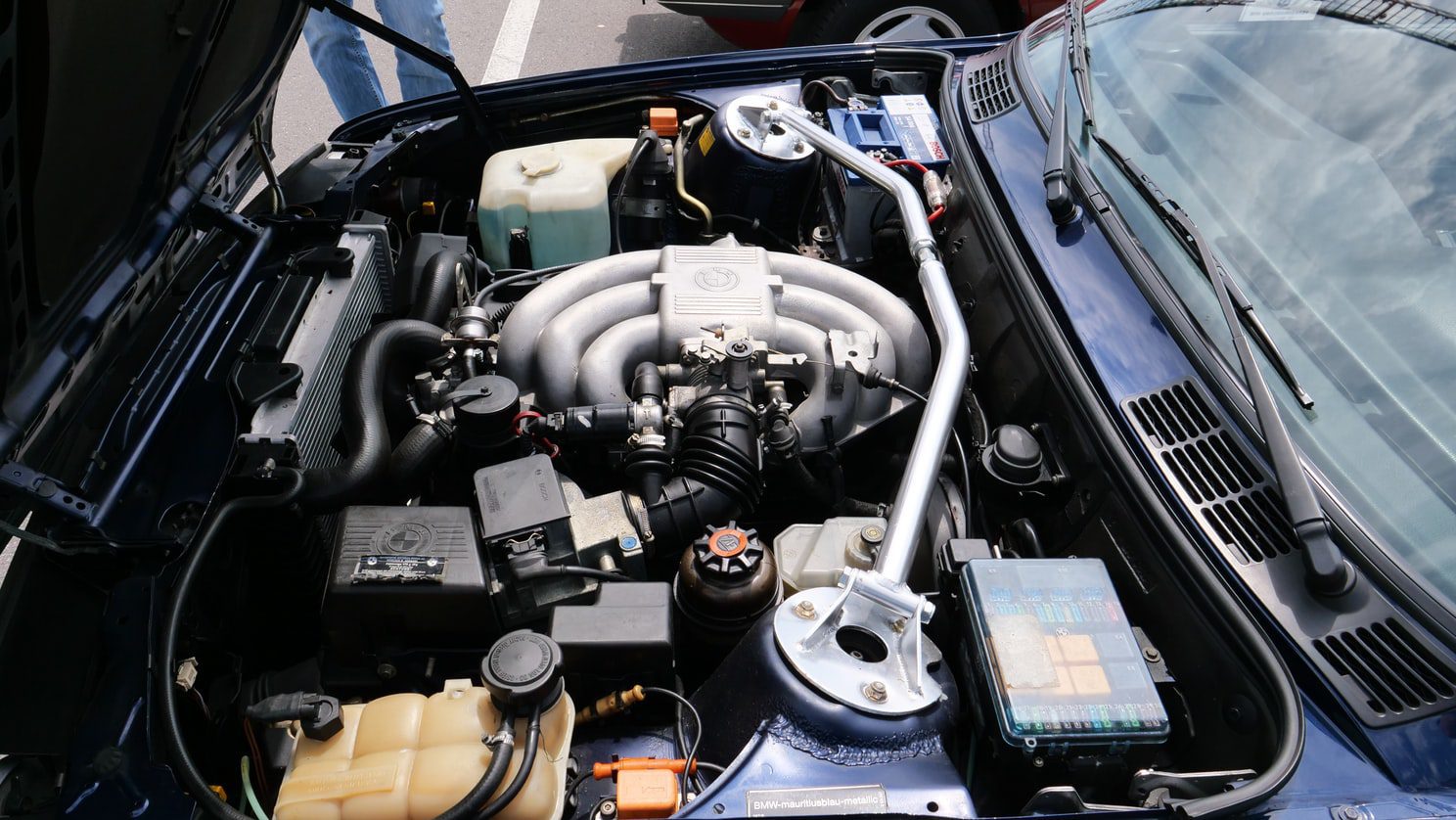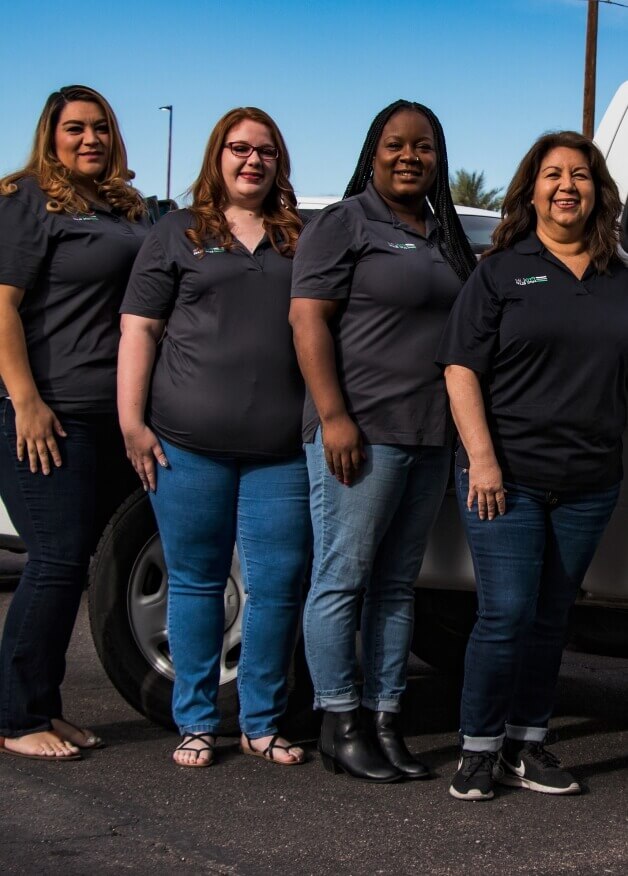Taking care of your automobile isn’t only about making sure it looks all tidy and neat. Granted, it does feel good when your car has that one-of-a-kind shine because you just gave it a serious wash. However, you should also take into consideration other, more mandatory aspects, that can even affect your safety if you don’t make time for them. A brake fluid change falls into this category, as it can often be neglected if you don’t know when you should go for one. Generally speaking, if your brake pedal starts feeling softer than before, it’s a clear sign your fluid might have become water-ladenned.
But that does all of this mean; what does brake fluid even do and why should you change it? Well, first of all, it’s a type of liquid that has to keep the various parts of a braking system working optimally. Without it, nothing would happen when you push the pedal basically, as the exact force you apply on your pedal is then transmitted by the fluid to every wheel rotor on the 4 sides of your vehicle. The pressure that is applied to the wheels this way ultimately gets them to stop the car. That’s the gist of it in any case, and if you don’t replace the fluid every year, the car’s efficiency to brake properly lessens.
What Happens To Brake Fluid In Time
Moisture Build-up
If your mechanic ever told you that you really shouldn’t open the tank of your brake fluid, rest assured it was for good reason. He wasn’t trying to hide anything from you, quite the contrary in fact. The very nature of brake fluid allows it to absorb moisture from its surroundings (in order to prevent the brake system from corrosion), and it’s why it was designed for a sealed environment. Even so, minuscule vapors will still be present within the whole braking system, and as the fluid ages, it will gradually absorb them.
When this happens, the moisture can alter its boiling point, impeding its capabilities. In some cases, the fluid can even form pockets of vapor, which can lead to the brake pedal not doing anything, even if it still reaches the floor when you press it.
Debris Accumulation
The inside of your vehicle’s brake system isn’t all made of metal. Some rubber parts are present as well, which will shed what can be thought of as insignificant amounts of rubber as they age, but your brake fluid is going to accumulate them all the same. Moreover, if you’re not careful to close the reservor’s cap tightly when replacing the fluid, dirt and other debris can also make it inside the whole system. If enough moisture is present in the fluid, your system can even begin to rust. That being said, the bulk of such grime will mostly be found floating around in your brake fluid tank, but it always pays to be cautious.
All of these aspects can lead to your automobile braking slower, or even not braking at all, which we know is quite a troubling thought. Do not fear though, as all it takes to avoid such things is a fairly quick process; you just need to have some knowledge about the layout of your car.
How To Perform A Brake Fluid Change
So now that you know what happens in time to your brake fluid, let’s talk about how to solve all of those things. But, first, of all, keep in mind once again that the tell-tale sign it’s time for the brake fluid change is a mushy, spongy feeling in the pedal when you press it.
What Brake Fluid Should You Use
At ProLite, we’re firm believers that quality should always be a priority. Whether we’re talking about our first-rate auto glass products which we use to replace your windshield, or in this case, about purchasing a top-shelf brake fluid from your favorite brand, it’s really in your best interest to go straight for the option that’s going to last. Otherwise, you’ll just end up buying the same lower-range product over and over. Simply pick your favorite brand of brake fluid, and check your manufacturer’s specifications to see if you should buy D.O.T 3 or D.O.T 4. The difference here is that: some vehicles will run hotter than others, and thus require D.O.T 4, which has a higher boiling point than D.O.T 3. As such, do not combine the two, unless your manufacturer specifies that you can do this in case of certain emergencies, but only if you’ll go for a brake fluid flush afterwards (covered below). Don’t replace your D.O.T 3 with D.O.T 4 either if it isn’t required, as it has to be changed more frequently.
How to Replace the Brake Fluid in the Reservoir
If you don’t want to go for a brake fluid flush as well, you can safely stop after this step. It’s fast, it’s easy, and it’ll generally have you sorted out. Here’s what you need to change the brake fluid:
- The brake fluid;
- A container for the old brake fluid;
- A turkey baster;
- A clean rag.
First of all, use the rag to dust off the cap of the master cylinder, so that grime and moisture won’t enter the system. With your trusty turkey baster, take out most of the brake fluid from the reservoir, but leave some fluid inside, so that air and moisture won’t infiltrate the system (for the same consideration, try to be a bit hasty about the whole process). Refill the reservoir until the fluid is jost below de “MAX” line (you’ll have these measures on the side of the cylinder). Clean the cap again, place it back on, and that’s it, you’ve replaced over half of your system’s brake fluid.
If you want to bleed out your whole system (bear in mind it’s not always required; as a general rule, once every two years is fine, or if you’ve combined D.O.T 3 with D.O.T 4), here are the next, admittedly more complicated steps.
Going for a Brake Fluid Flush
For this last step, you’ll need some know-how about how to jack-up your vehicle, and how to remove a wheel. It’s definitely not that difficult once you get the hang of it, but think twice before attempting it, as it can be a serious safety hazard if not done properly. If you do wish to proceed, having all the necessary knowledge acquired, here is the extra equipment you’ll need:
- A jack + a jack stand;
- A lug wrench;
- A small box wrench;
- A flexible hose (a rubber one will do just fine);
- One other person.
If you don’t have 4 jack stands, you can just go for one wheel at time, starting with the one farthest from the master cylinder and working inwards (so right rear -> left rear -> right front -> left front). Now that you’ve applied the jack stand(s), remove the wheel(s) and look for the bleeder (you’ll differentiate it from other components because it has a rubber cap on it).
Remove the cap and place the small box wrench over it, fitting the hose on it afterwards. At this point, ask the other person to get inside the car and keep pressing the brake pedal. Now, open the valve using the small box wrench, and old & dirty fluid is going through through the hose right into the waste bucket. Shut the valve back before the brake pedal is released, or air will get into your system. You’ll want to repeat this process until you can only see clean fluid coming through, but be careful not to drain your whole system and let air in that way.
After bleeding each wheel, refill the reservoir. Once you’re done with all wheels, just check the master cylinder once again, and add a bit more fluid if required. And, you’re done! You’ve successfully emptied all the water-ladenned fluid from your system. Take a note of when you’ve done this so that you can do it again in 2 years, and your brake system will thank you for it. If you feel a bit overwhelmed, just ask someone with experience to assist you the first time, and you’ll be a pro yourself in no time!

